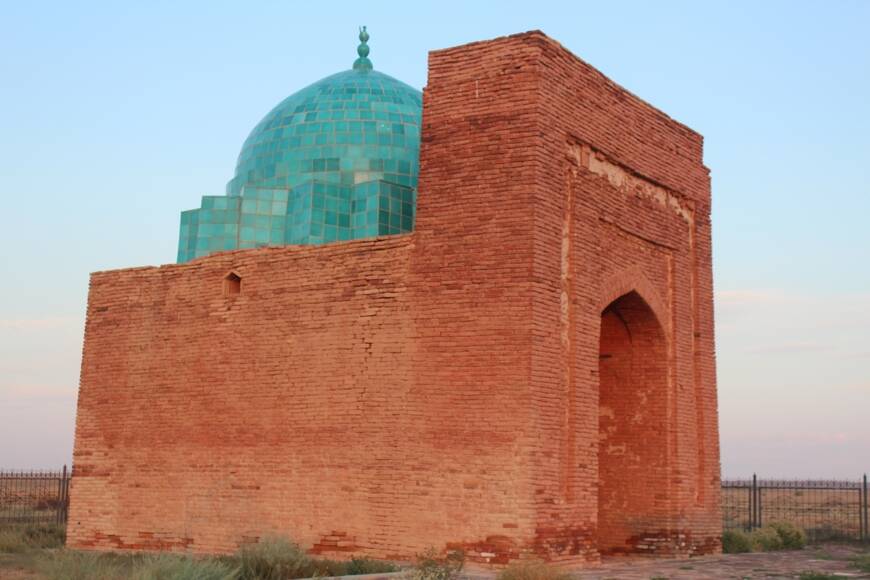Research project: “International Relations of the Golden Horde: Disease, Climate, and Politics in the 13th-15th Centuries”

Research group: Uli Schamiloglu (Professor and Chair Department of Kazakh Language and Turkic Studies, SSH), Aidyn Zhuniskhanov, Ayken Askapuli
This project supports the interdisciplinary research of Professor Uli Schamiloglu into the social, economic, cultural, and environmental history of Central Eurasia in the late medieval period. Schamiloglu’s original work focused on tribal politics and social organization of the western-most state of the Mongol World Empire, the so-called “Golden Horde” of the 13th-14th centuries.
Later, as he worked on a general book on society, economy, and civilization in the 13th-14th centuries, he began to explore the impact of the world historical phenomenon of the Black Death (the pandemic of bubonic plague beginning in the mid-14th century) as a device for understanding the collapse of the Golden Horde into anarchy beginning in the 1360s. This research also explores social, economic, and cultural transformations resulting from plague in this period.
The third stage of this research—the focus of the current “Small Grant”—will explore the world of the late 14th-15th centuries to understand not only the complicated circumstances of the late 14th century, but to explain how successive waves of disease, the climatic downturn which had already begun at the end of the 13th century and leading steadily to the “Little Ice Age” of the 16th-17th centuries on (let us note the “Maunder Minimum” of sunspot activity during 1645-1715) affected the states and local populations of Central Eurasia in this period.

After studying this period for several decades, he is now able to propose that certain nomadic population movements (such as the conquest of the western half of the Golden Horde by Toqtamish or the later southward migration by the Shaybanids under Abulkhayr Khan) can be connected not only to populations moving into areas decimated by plague, but also as a response to changing climatic conditions. This period was marked by the expansion of the Shaybanids to the south, struggles between various nomadic groups (also leading to the rise of the Kazakh Khanate in the mid-15th century), the establishment of a series of regional khanates in the Crimea, Kasimov, Kazan, Astrakhan, and Tyumen in the western regions, and struggles with the Russian dukedoms in the west and China in the east.
This research will result in a new, interdisciplinary narrative of this period. The research affiliated with it could also lead to new interdisciplinary projects funding research on the genetic history of bubonic plague in Central Eurasia, the history of urban centers and their collapse, as well as the ethno-linguistic history of the peoples of Central Eurasia in this period.



